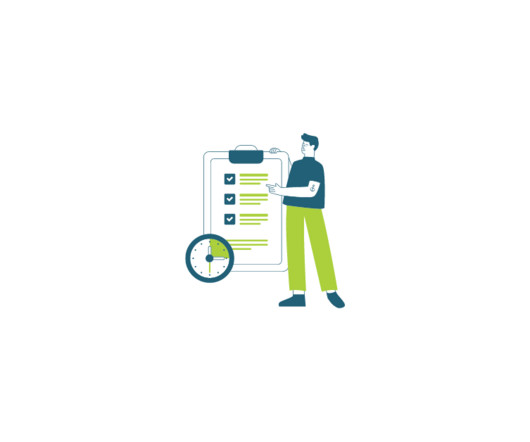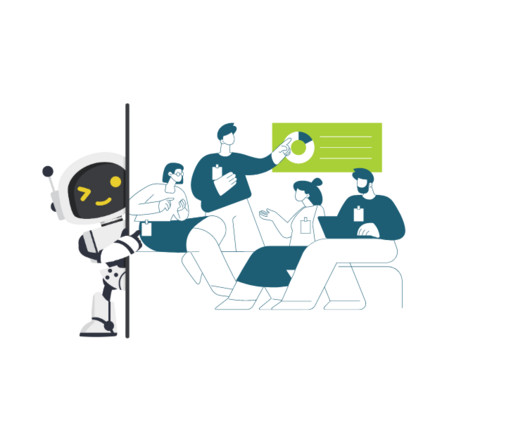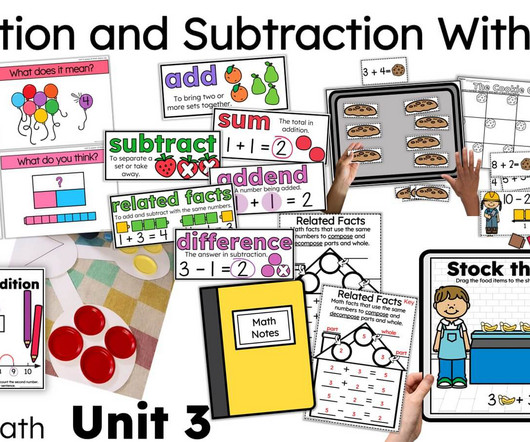4 Strategies Designed to Drive Metacognitive Thinking
Catlin Tucker
SEPTEMBER 22, 2018
The ability to think about what we are learning, how we are learning, what we want to learn in the future are important skills that must be explicitly taught in classrooms. Teaching metacognitive skills that encourage students to become more aware of their learning can help them shift from passive to active participants in the classroom.


















Let's personalize your content